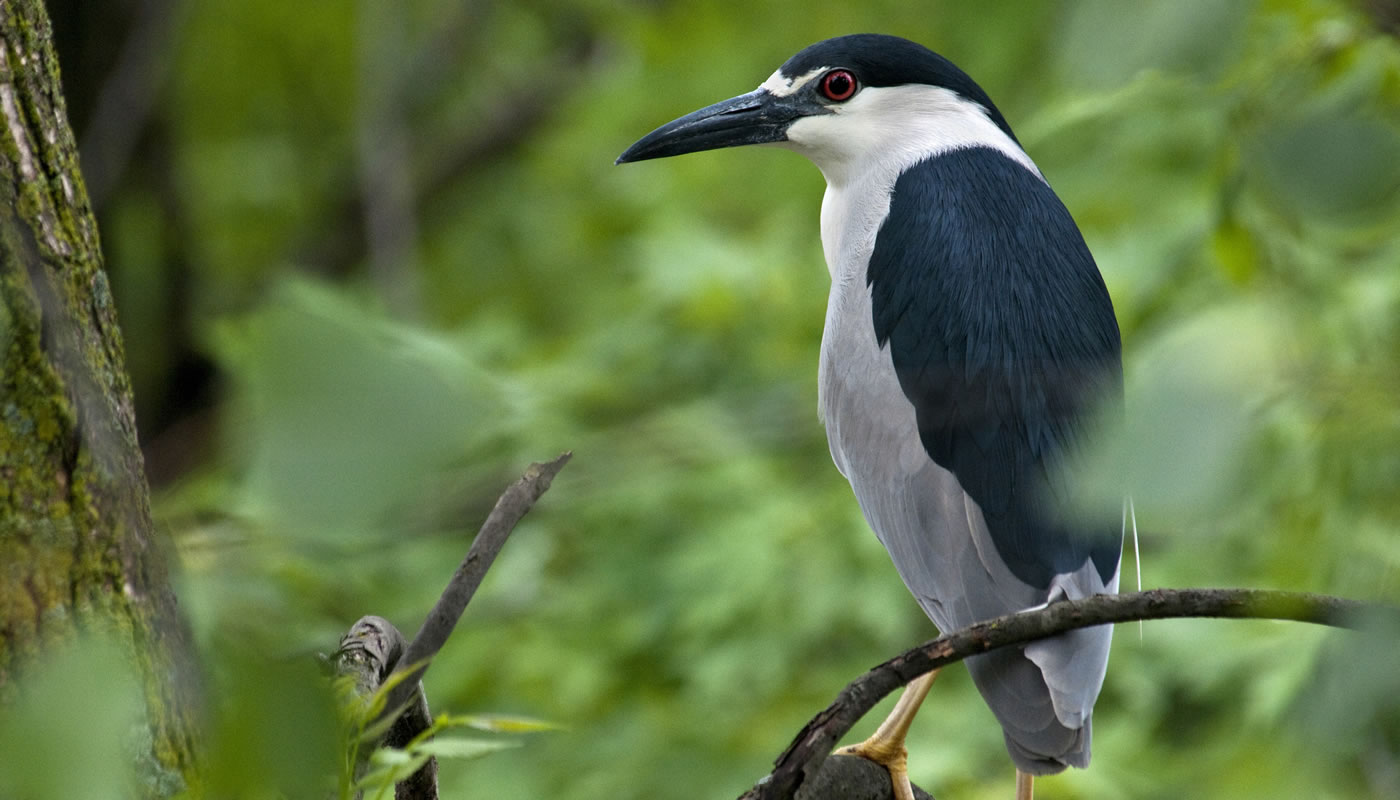Project Completed October 2019
Learn more about the results of the Eggers Grove Marsh Restoration from our partner, Audubon Great Lakes.
At the Illinois-Indiana border east of Lake Calumet is Eggers Grove, a 240-acre woodland and wetland preserve that attracts people from all over the county and is a haven for migrating birds from around the country. Since urban development cut off the site from Wolf Lake, the wetland no longer has a natural fluctuation in water levels.
At the end of May 2019, construction began on a new system that will allow the Forest Preserves to drain and adjust the water levels in the area on a more natural cycle, and restore one of the few remaining wetlands in the Calumet region.
“Biodiversity is as critical in aquatic areas as it is on land in sustaining healthy natural areas,” said Chip O’Leary, the deputy director of resource management for the Forest Preserves of Cook County. “In our urbanized landscape, it takes new techniques to restore habitats. This water control structure will allow vegetation that is native to this type of hemi-marsh to thrive, and in conjunction with the right water levels, that will attract migrating birds and other wildlife.”
Scientists and specialists from the Forest Preserves, The Nature Conservancy and Audubon Great Lakes noticed that drainage infrastructure out of the marsh had become degraded and non-operational, choked with common reed and silt, effectively damming the marsh. The deeper, stagnant water is unsuitable to native marsh plants, and allowed invasive plants to establish and thrive.
“These artificially high water levels make the area uninhabitable for many birds that once nested or stopped to rest and refuel during their migratory travels,” said Brad Kasberg, wetland restoration manager at Audubon Great Lakes in Chicago. “Native bird species that were once abundant in our region, such as black-crowned night-heron and least bittern, have been in steep decline and are now endangered or threatened. Restoring the natural ability of the marsh to fill and drain is absolutely necessary to save these birds.”
The new water control structure will allow the Forest Preserves to replicate the conditions of the local wetland system when it drained into nearby Wolf Lake, before development—including the construction of a Nike missile site in the 1950s—changed water flow patterns. Three manual gates will be used by Forest Preserves staff to adjust water levels to maintain a mix of open water and emergent vegetation, to dry out sediment, and to allow native plant seeds to germinate.
The cohort of agencies applied for and received Great Lakes Restoration Initiative (GLRI) funding to install the water-control structure. GLRI dollars are supplied by the US Fish and Wildlife Service to the National Fish and Wildlife Foundation, which distributes the funds through the Sustain Our Great Lakes (SOGL) program. The water-control structure is the latest step in ongoing work to restore the wetlands at Eggers Grove, which has included support from the USDA Natural Resources Conservation Service, Illinois Department of Natural Resources Coastal Program, and funding and staff expertise from the Field Museum.
“We all have seen some incredible results from water control structures in our respective organizations and know this is a viable way to help manage this amazing city gem for both people and nature,” said John Legge, Chicago conservation director at The Nature Conservancy and lead author of the SOGL grant that helped fund the project. “This is also yet another example of how GLRI dollars, along with private support, can be used to improve the lakes, coasts and surrounding communities that border and, in turn, impact the overall health of the Great Lakes. It is imperative to have support of policies that allow public-private relationships to flourish to protect the Great Lakes’ wildlife and economy that both depend on the water’s health.”
At nearby Big Marsh, a southeast side Chicago Park District site with a water control structure, Audubon monitoring shows that more than twice as many focal marsh bird species were observed following the structure’s construction. Between 2017 and 2018 swamp sparrows and black-crowned night heron re-established themselves, and yellow-crowned night heron observations increased at the site.
“We are anticipating great results, similar to Big Marsh,” added Kasberg. “There are many factors that can impact migration in this region, but we are excited to use this data to put a number to the species count, but also help us create long-term cooperative conservation plans for the Calumet and Great Lakes conservation community.”
Visitors will notice construction activities on the northeastern side of the preserve until the project is complete. Any disturbed areas will be reseeded and covered with erosion control matting until the new vegetation takes hold.

